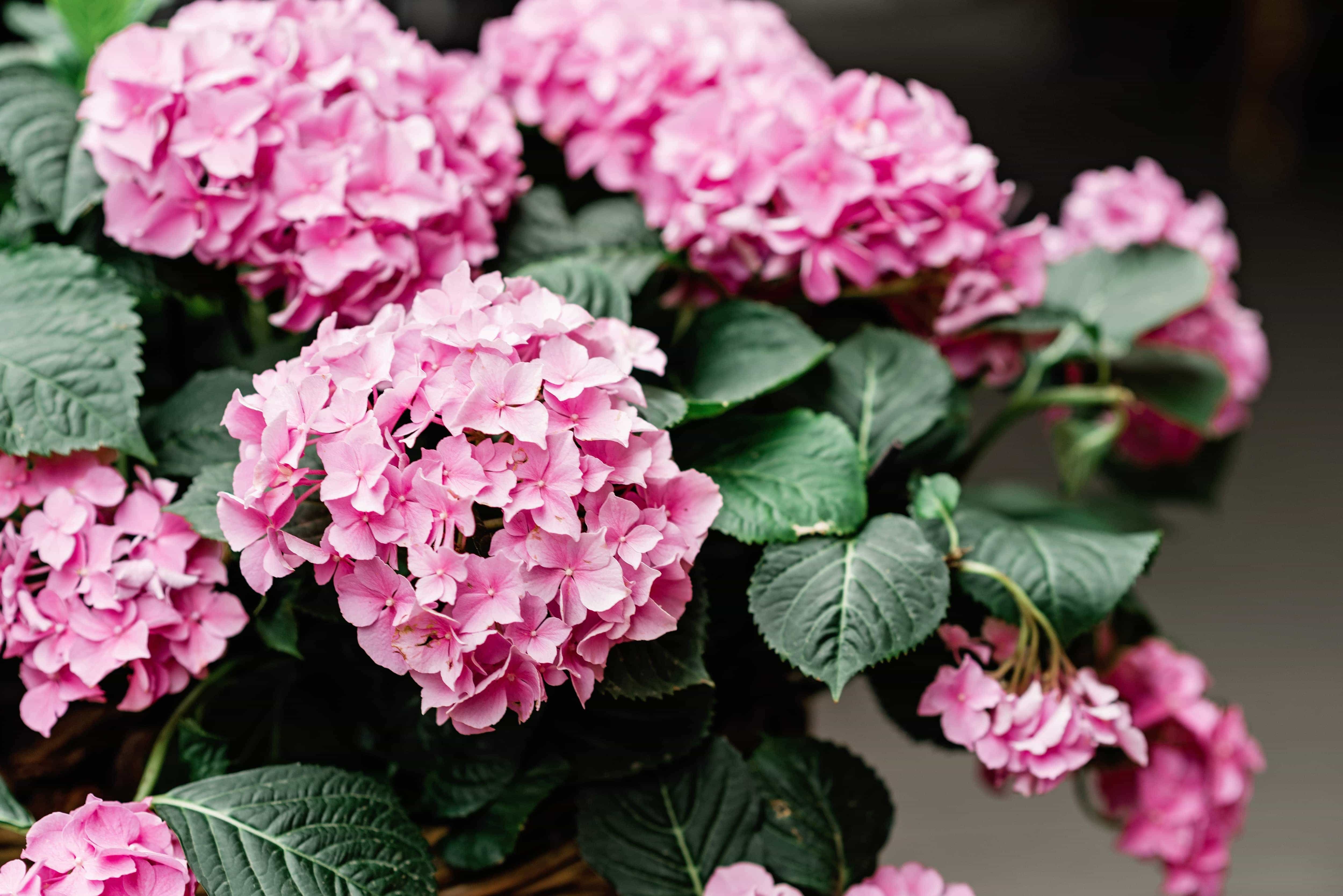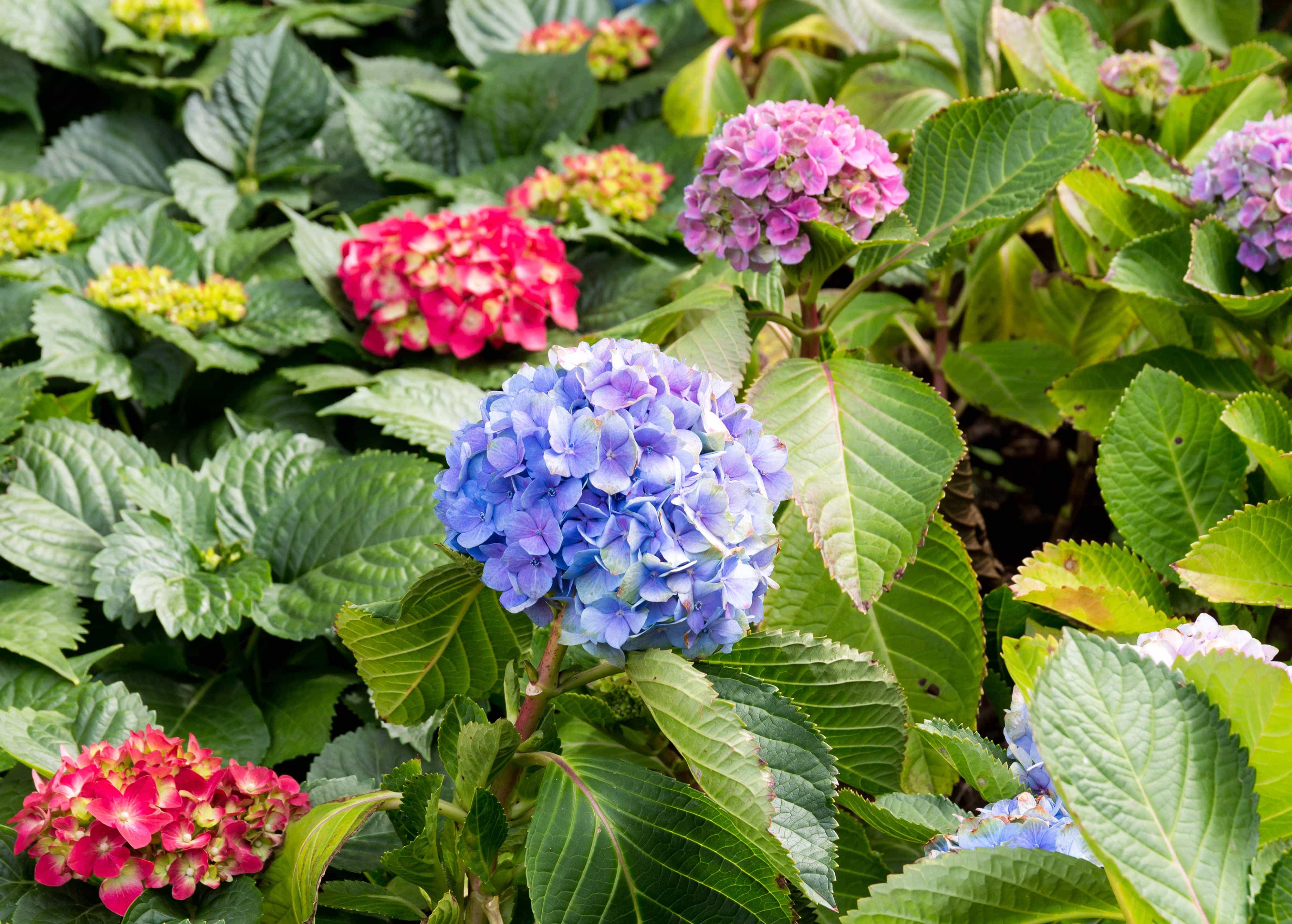
Hey, it’s Mr. Lee again from Lee’s General Landscaping. Now that you’ve picked the kind of lawn you want, let’s talk about getting it in the ground. Good prep work sets the stage for a healthy, long-lasting lawn. Don’t worry—I’ll keep it simple so you know exactly what to do.
Prepping the Soil: The Foundation for a Great Lawn
Think of your soil like the foundation of a house—get it right, and everything else will be easier.
1. Test Your Soil
Why Test?
Your soil’s “personality” (its pH, nutrients, and texture) helps us decide the best grass and any extras it might need.
How to Test:
- Pick up a soil test kit at a garden store, or send a small sample to a lab.
- Grab soil from a few spots in your yard, about 6-8 inches down.
- Follow the instructions on the kit, and you’ll know what your soil is missing.
2. Adjusting Soil pH
What’s pH?
pH measures how acidic or alkaline your soil is. Most lawns prefer a range around 6.0 to 7.0 (not too sour, not too sweet).
How to Fix It:
- If it’s too acidic, add lime.
- If it’s too alkaline, add products like sulfur.
Once done, retest to make sure it’s in the right zone.
3. Adding What Your Soil Needs
Extra Goodies:
- Compost: Boosts nutrients and improves overall soil health.
- Fertilizers: Adds vital elements like nitrogen, phosphorus, and potassium.
- Sand or Peat Moss: Helps if your soil is too heavy (clay) or too loose (sandy).
Just spread these evenly and mix them into the top 6-12 inches. It’s like giving your lawn a great buffet before it starts growing!
Clearing Out the Old Stuff
If you already have grass or weeds, you’ll want to remove them first.
Steps to Clear the Area:
- Mow Low: Cut the existing grass as short as possible.
- Light Watering: A little water softens the soil, making grass easier to remove.
- Remove Old Grass: For big areas, use a sod cutter to peel it up in strips. For small patches, a regular shovel works fine.
- Take Out Weeds: Pull them by hand or use a hoe. Make sure to get the roots so they don’t come back.
- Clean Up: Dispose of the old grass and weeds, leaving a nice clean surface.
Sod or Seed? Picking the Right Starting Point
Now that your soil is ready and your yard is cleared, it’s time to choose how you’ll plant your new lawn.
Sod (Roll-Out Grass)
Pros:
- Instant green! You lay it down, and you’ve got a lawn right away.
- Good at preventing soil from washing away.
Cons:
- Costs more than seeds.
- You have to be careful not to let it dry out before you lay it.
Seeding
Pros:
- Cheaper and you can choose from lots of grass types.
- Grass roots develop naturally from the start.
Cons:
- Takes longer to grow in, so you’ll need a bit of patience.
- Seeds can wash away or get invaded by weeds before they’re well established.
Whether you go with sod or seed, make sure the soil surface is smooth, level, and free of rocks and debris.
Step-by-Step Installation
Laying Sod
- Start Straight: Begin along a straight edge (like a sidewalk).
- Stagger the Seams: Lay each piece like bricks, so the seams don’t line up.
- Fit It In: Cut pieces to fit curves or corners.
- Press Down: Use a lawn roller or just walk on it gently to ensure good contact with the soil.
- Water Well: Give it a good soak right after laying it down.
Seeding
- Choose Your Seed: Pick a seed blend that suits Seattle’s climate.
- Spread Evenly: Use a spreader to get a nice, even layer of seeds.
- Lightly Rake: Gently rake the surface so the seeds get covered with a thin layer of soil.
- Water Gently: Water just enough to keep the soil moist. Don’t flood it!
Hydroseeding (Optional)
This method sprays a mix of seeds, fertilizer, and mulch in one go. It’s great for larger areas and ensures seeds stick to the soil. Just keep it moist until the grass starts to sprout.
Your New Lawn’s First Weeks
You did all the hard work—now it’s time to help your lawn settle in.
Watering
- Sod: Water every day for the first couple of weeks, so it doesn’t dry out.
- Seeded Lawns: Lightly water once or twice a day at first. After it sprouts and grows a bit, you can switch to deeper, less frequent watering.
Fertilizing
- Sod: Use a starter fertilizer right after you lay it to help those roots dig in.
- Seeded Lawns: Wait until the grass is about 3 inches tall, then feed it with a balanced fertilizer.
Keep an eye on your lawn—if it looks a little stressed or patchy, give it a bit more TLC or reach out for professional advice.
Final Thoughts
A successful lawn starts with good prep. By testing and improving your soil, removing old grass and weeds, and choosing the right planting method (sod, seed, or hydroseeding), you’re setting the stage for a lawn that’s healthy, green, and ready for whatever you have planned—barbecues, yard games, or just relaxing outdoors. If you have any questions or need a hand, call me at Lee’s General Landscaping. With over 30 years in Seattle, we’re here to help you grow the yard of your dreams. Let’s make it happen!
When we roll out your new lawn, we trust JB sod because it’s like picking the perfect carpet for your living room—soft, sturdy, and made to last. JB’s been growing high-quality grass in the Northwest for decades, ensuring that every patch is lush, vibrant, and ready to thrive in our Seattle weather. It’s a simple way to give your yard the reliable, beautiful foundation it deserves.



.jpg)



















